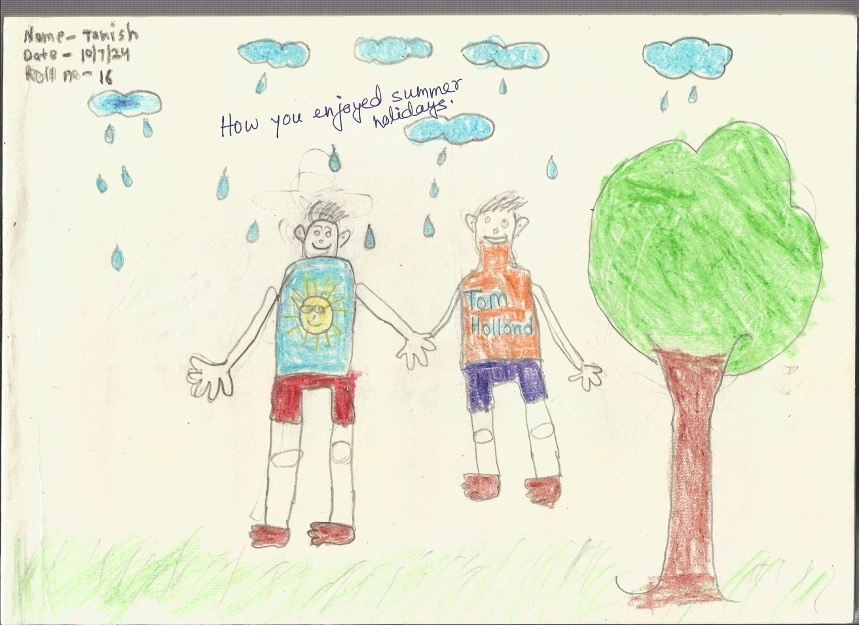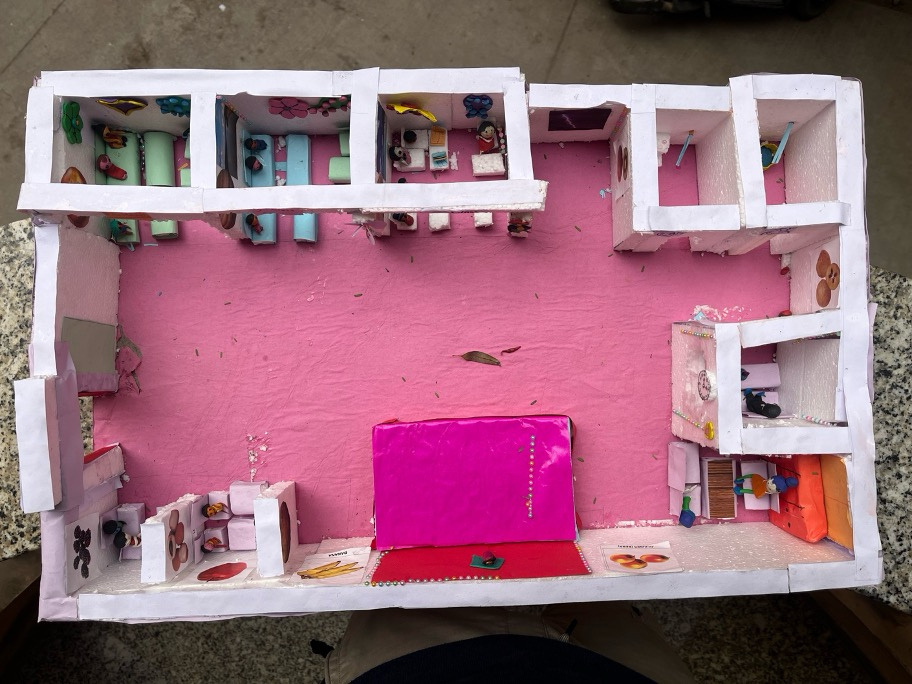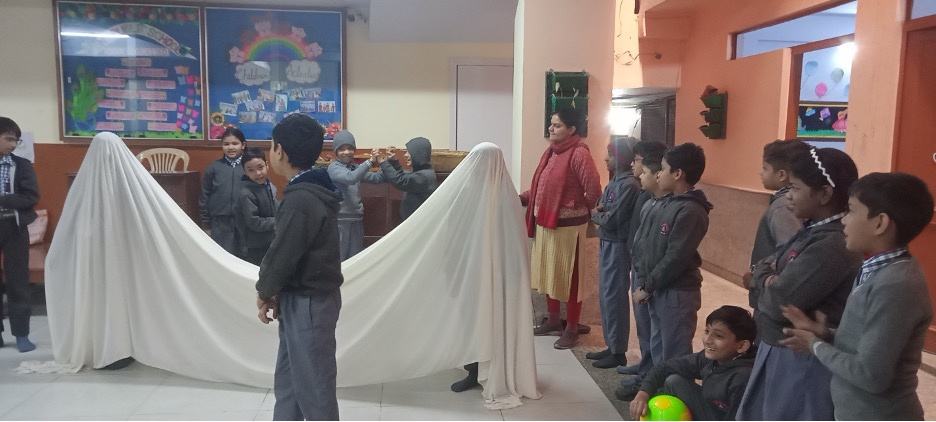Methodology
1. Art-Based Learning Framework
The project used art not as a standalone subject, but as a vehicle for engagement, reflection, and learning across domains. Activities were designed to:
- Encourage children to express their daily experiences visually and verbally
- Make abstract concepts concrete through model-making
- Spark dialogue among peers, teachers, and community members
This approach was rooted in the belief that art can humanize education, especially for children living in constrained and overregulated school environments.
2. Co-Design Workshops with Teachers

Before student engagement began, a series of co-design workshops were conducted with teachers. These workshops:
- Introduced teachers to the project’s vision and methods
- Encouraged them to share challenges and insights from their classrooms
- Helped shape the activities to suit the students’ context
Sessions included collaborative planning with arts professionals, open feedback forums, and management strategy discussions to help teachers support children’s creative expression without imposing rigid norms.
3. Drawing and Illustration


Drawing activities were organized around open-ended themes such as:
- My Dream
- My Village
- My Way to School
- School Building
- Going to the Market
Children were encouraged to draw freely—without judgment, correction, or ideal examples. This allowed them to represent what they saw, remembered, or imagined in their own terms. Conversations with facilitators helped bring out deeper meanings in the drawings and fostered dialogue-based reflection.
4. Model-Making

After drawing, students participated in model-making workshops where they translated their two-dimensional illustrations into three-dimensional structures using:
- Cardboard
- Clay
- Recycled materials
- Paint and craft supplies
These models reflected physical spaces such as homes, streets, and playgrounds, and also surfaced social and emotional experiences—like crowded housing, shared community spaces, or favorite hiding spots.
Model-making helped:
- Strengthen spatial thinking
- Foster collaboration
- Deepen understanding of children’s perceptions of their environments
5. Drama and Performance

In the final phase, students participated in a drama workshop facilitated by a theater expert. Activities included:
- Storytelling and improvisation
- Scriptwriting based on their earlier work
- Voice and movement training
- Rehearsals for the School Mela performance
The resulting play integrated themes from children’s daily lives—such as fairness, pollution, joy, and aspiration—and was co-written and performed by the students. It served as a collective expression of the journey they had taken through the project.
